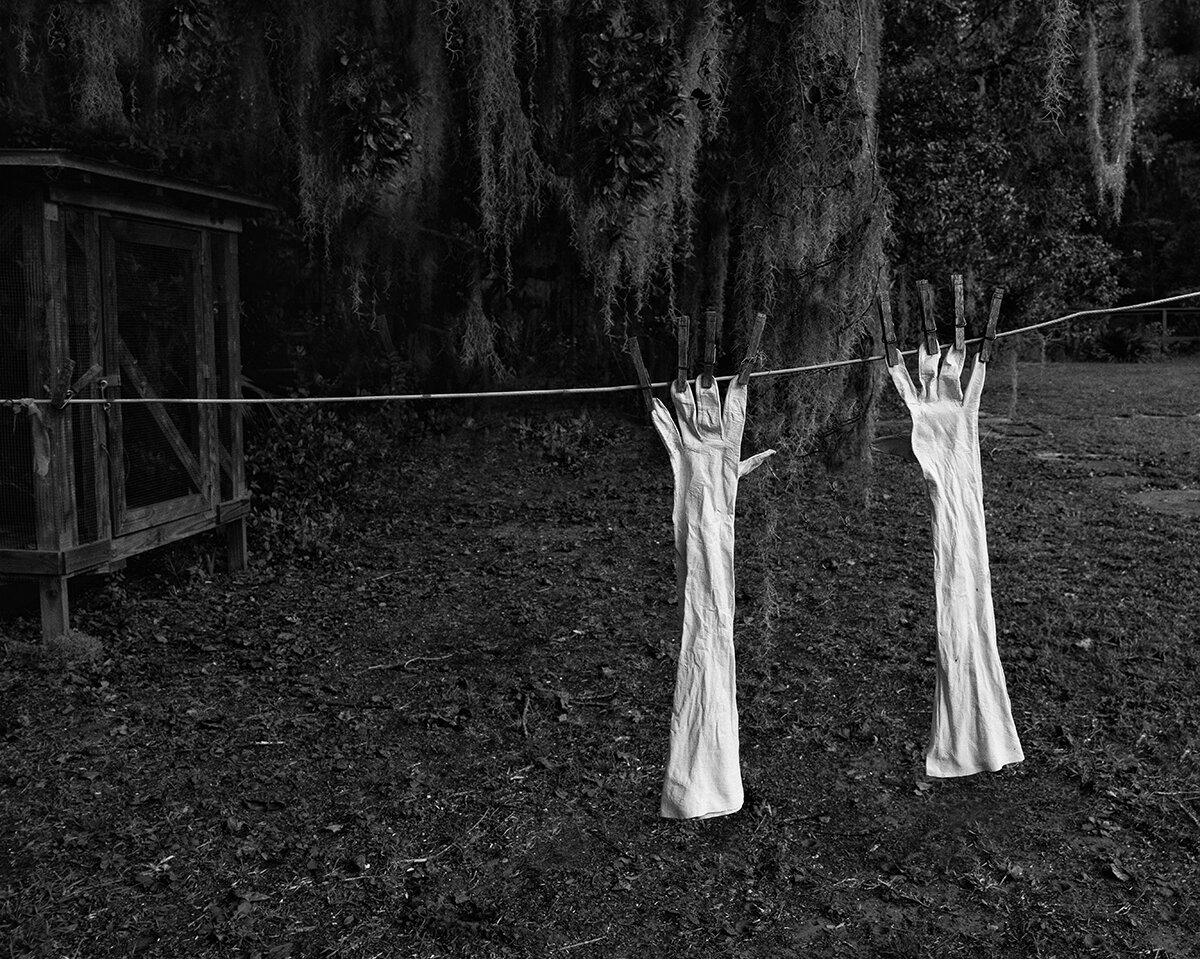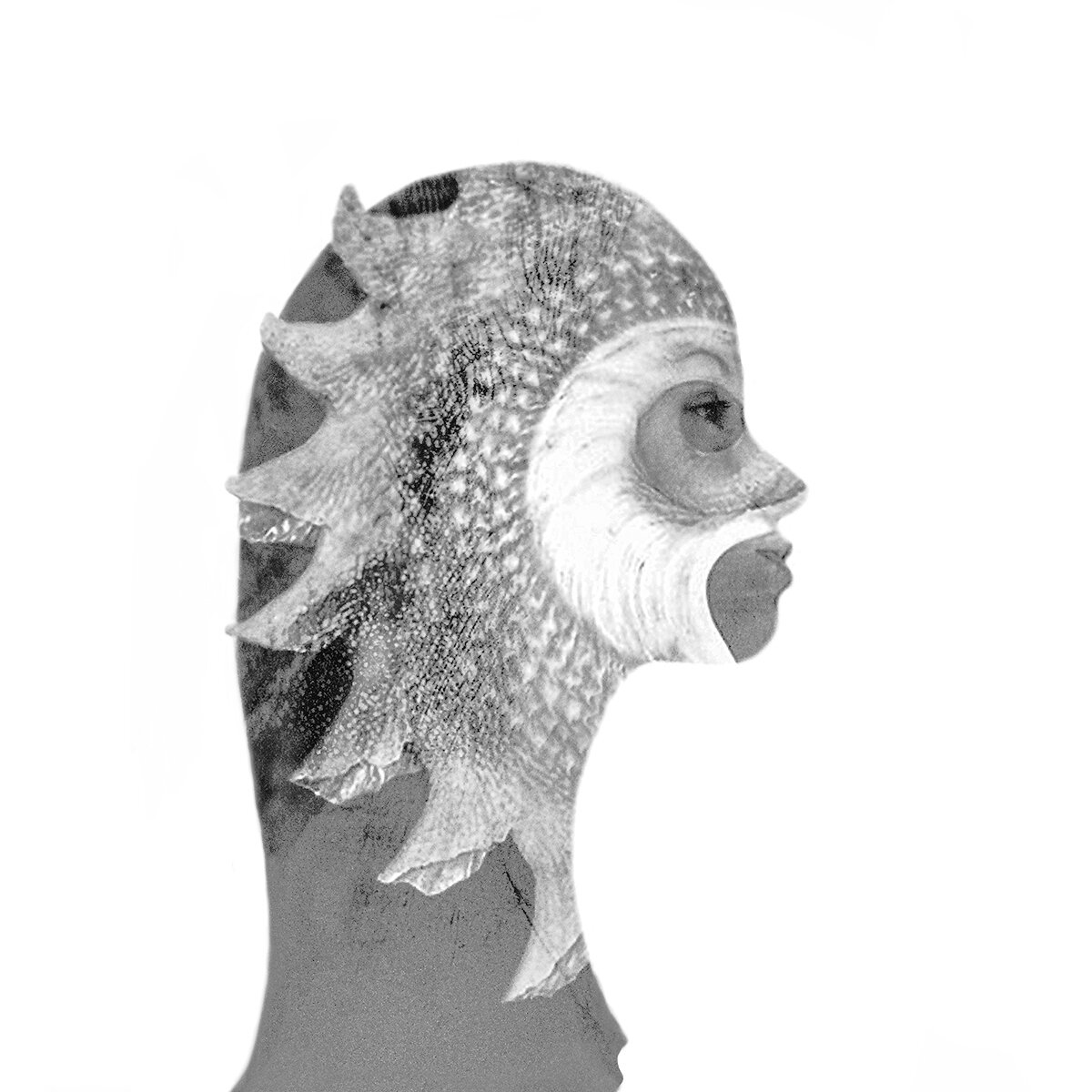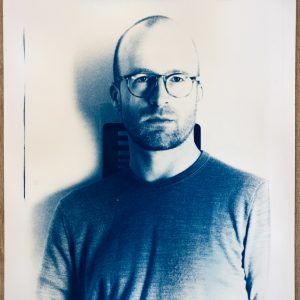Hope Kahn is an alternative photographer from West Palm Beach, Florida, USA.
According to her site: “Hope uses many different photographic means to capture an image; such as digital cameras, plastic cameras and pinhole cameras. She then applies, a variety of finishing techniques. Some of the techniques used are historical processes such as Photo Gravure, Cyanotype as well as the use of paper negatives.”
Hope studied photography at University of the Arts in Philadelphia as well as Maine Photographic Workshops. She explores alternative photography with a lot of attention to pinhole and plastic cameras. Landscapes, utilizing humans and birds are the main subjects in Hope’s images.
At the moment Hope holds a BS degree in Education and 25 years of experience in photography. Hope is also a paid lecturer, and holds Pinhole workshops.

How can you explain your interest in alternative photography? Why not usual methods?
I have always been an avid learner of photography. Classically trained using film and darkroom techniques and I eventually started my film-based photography business. I was using a Hasselblad, but when I saw that digital was not going away, I went kicking and screaming into the digital world.
Twenty years later, I have come full circle back to film and the use of paper negatives. I am interested in an interpretation of what I see, not a direct likeness of my subject. Using the Holga Pinhole, and my hand-made cameras made out of vintage tins, I have found the ability to share an emotional connection between myself and the viewer in a way that I cannot reach with any other cameras that I have explored.
As I see at your site, you have tried lots of different methods including cyanotype, photo gravure but always concentrated on pinhole and plastic cameras. How could you explain this choice?
On my website you will see my evolution of the practices I have tried, always reaching for the “that feeling” that will speak to me. Although, I still use a digital camera at times for traveling I am now most at home with my pinhole cameras. The series photographed in Iceland “Ancient Terrain” are all digital images. With the use of beeswax and oil paint I brought this body of work away from straight digital work into a hybrid of photography and paintings.
I am curious about all aspects of photography and continually experiment with a variety of finishing techniques in my images. This is what drives the diversity that you see on my website.
In the art world there are many opportunities to try new mediums other than what you may be using. You never know when you combine your skills where this may lead. My curiosity led me to experiment with a variety of historical darkroom techniques some examples are Cyanotype, Photo Gravure, Albumen, and Zia type.
Could you tell us about your favorite tricks?
I do have a suggestion when using the hand-made pinhole camera and that is get much closer than you think you need to be. Conversely with the Holga Pinhole camera you do not look directly through the lens, but through the viewfinder, therefore, move back to ensure you are getting the entire image you are after.
How do you generate ideas for the new images?
I like to say that I feed myself creatively. I take long walks, listen to music, read musical lyrics, and I look at several photography blogs. I get inspired by seeing a prop or a pose that will spark an idea. Then again, I sometimes decide I am going to work specifically with one idea and create a series around that. One example is the ongoing work of women in the landscape.
I have some general ideas when I go out on a photo shoot and often that is just a beginning to get me started. When I am in the moment, ideas get sparked, and I roll with that. My results are almost never the ideas I had started with!
A good example is my series, A Childhood Remembered. This body of work came from many shoots over several years. It wasn’t until I looked at all the images together that I realized that this body of work was my self-portrait.
The one thing I always do is work in a series and how I get there, is often a mystery. I believe that there is no one way to photograph. I know some photographers that go out with their concepts formed, sometimes even drawing them out. If this works for you then by all means do that.
What is really important in photography for you?
I have over time become a low-tech photographer. I am interested in pushing my images so that the viewer may not know if it is a photograph or another medium. It is important for me to look for the unusual beauty when making an image. I believe that the photograph is but the bridge that provides the emotional and spiritual connection between the viewer and the art. Composition and light are most important.
I think, there are some photographers who inspire you. Can you tell us about these people?
I find many inspirations in photography and painting. Here are a few examples of those I turn when in need encouragement.
The Mexican Photographer Flor Garduno is one of my favorites. The images that speak to be are those where she worked with the female form in the studio, and the environment. Her use of props is just beautiful.
Ruth Thorne – Thomsen, is one of those photographers that surprise me. Her use of perspective and juxtaposition of sculptures with the human form is extraordinary. I have her work saved in Bookmarks and refer to her work often.
Odilon Redon – A remarkable painter who’s use of color is inspirational. I turned to him when I started using color film in my Holga Pinhole camera. His imagery is full of love, texture and excitement.
What was the most interesting exhibition you took part in?
The most interesting and engaging exhibition I was involved in was in 2002.
I had a one-person exhibit called Ordinary Extraordinary People. How it came to be was through a dream I had after visiting my mom and her eighty-year-old friend Edda. I started asking Edda questions about herself and her life. Edda was fascinating and I wanted more stories. I began photographing people from all walks of life, ordinary human beings with incredible stories to share. I often say that if we were to talk to people on the street, or in an elevator, we would find a remarkable story in each person The show could not have been more timely, as it took place a year after 9/11 when ordinary people became extraordinary hero’s.
Some of the stories that were included in this show was a local fire company who had participated in the rescue at 9/11, a Holocaust Survivor that ran a boarding house, and a family that adopted twelve children, some disabled, and who lived in a two-bedroom house. The show was diverse in stories, and nearly all of the participants in this project attended the gallery opening. Truly a night of “hope” for the human spirit. The show taught me how powerful photography is in touching people’s lives.































